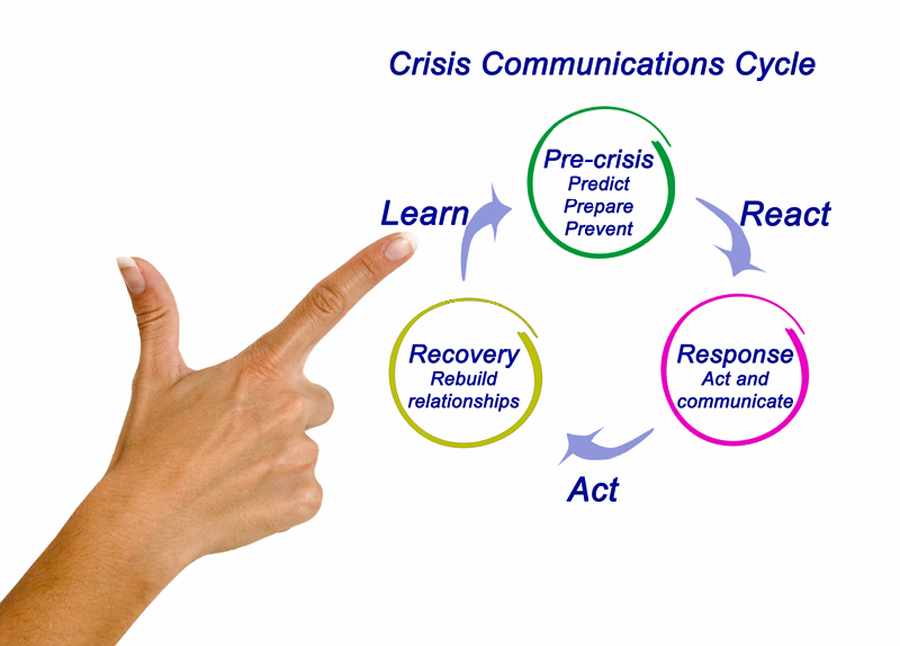Op-Ed: Risk communication vs crisis communication, lessons to be learned

Risk communication is far from crisis communication, although they can often be confused. Risk communication occurs when there is a potential threat, risk or danger that affects the general public such as a hurricane or pandemic.
At that time, companies, governments and organizations should take the initiative to find the best resources and sources of information to help citizens in the decision-making process. Projections are established and short and long term effects are communicated, based on the available information.
There is an element of proactivity in risk communication that can, in turn, help manage a communication crisis. Part of the risk communication process includes establishing internal and external communication plans, business continuity plan, appointment of spokesperson and liaison with the government and communities, development of precise messages to help the population understand the risk, etc.
Crisis communication, however, happens when the threat is already a real danger and there is uncertainty and an emergency factor. It is a process in which trust must be restored and an adequate communication flow must be maintained to help in the best decision-making under current circumstances. Something to avoid in this process is to confuse the public with multiple messages.
Crisis communication requires a lot of clarity, precision in messaging and the correct use of communication channels. The message is the main actor in crisis communication. At this stage, we can no longer anticipate, but we can use the best strategies to remedy the situation and / or aid in recovery.
In recent years, Puerto Rico has experienced a Category-4 hurricane, earthquakes, and most recently, a pandemic. These events have occurred within a short time of each other, which has highlighted major challenges in risk and crisis communication faced by the government, companies and institutions in general.

However, there are great lessons we can learn from what has happened. We must incorporate these lessons into our future risk communication and crisis communication plans.
How do we do it? Once the crisis or emergency is over, we must carry out a communication audit. By analyzing the media coverage, through interviews with our internal or external audiences and even through polls, we will be able to know how to better prepare ourselves to communicate depending on the challenge before us in the near future.













